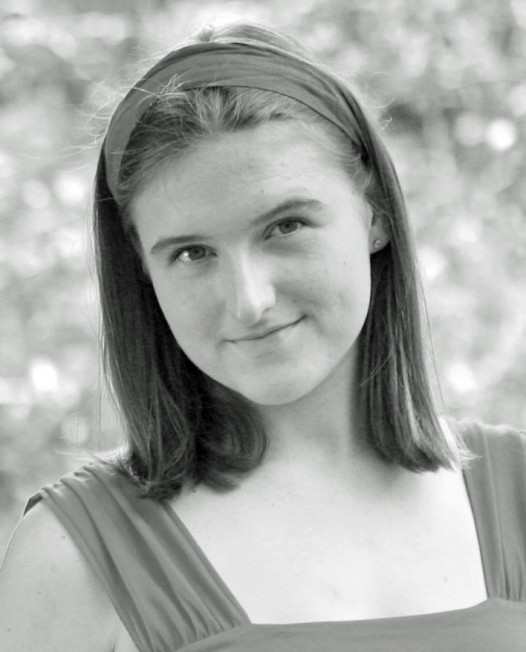
Elizabeth Kukla
New Orleans’ nickname of “The City that Care Forgot” can be interpreted many ways. Care-free place to enjoy the moment and life? That it is. For a moment though, let’s think about violence.
Our city often gets labeled as an apathetic one. Outsiders say, “Oh, that’s just New Orleans,” or, “That’s how it is there,” but they’re wrong. New Orleans is not an apathetic city; she’s a close-knit one, and her children look out for one another in a way I have yet to see on a significant scale anywhere else.
Allow me to illustrate.
I’m a college student, and I came home for a whirlwind visit over spring break in March. Fly in Sunday; fly out Thursday. I went to my various running groups around the city, and Wednesday evening found me at my usual haunt, Happy’s Running Club, at Happy’s Irish Pub on Poydras.
As at any good NOLA club, you get 2-for-1 drafts with the Happy’s run group. I highly recommend you give it a shot. You’ll meet some great people, keep in shape, and save some money on a post hump-day brew.
So there I was, as I am every Wednesday while home. We ran the 3-mile route down Bourbon, through the Marigny, and back up Royal. Then began the socializing, and that’s when I heard the recount of Patrick’s run.
Pat had stopped off at a hotel for a moment. This placed him farther behind the speedsters he generally runs with, and took him to the intersection of Bourbon and Esplanade, smack in the middle of unfolding domestic violence down the block.
A big, buff, muscular guy who looked high on [insert drug here] was beating up his fetal-positioned girlfriend on the ground. A woman ran up to Pat and told him what she had seen happening nearby. Like so often happens in NOLA, rather than continuing on their way, they went to help.
By the time Pat showed up, the guy had thrown his girlfriend out of a slowly moving car, hit her, gone to park, and returned to hit her some more. Seeing the guy return to his car, Pat took a photo of his license plate, knocked on the window, and informed him, “We have a picture of your license plate; they’re going to find you.”
Let’s pause for a moment. At this point you might be wondering, what if he tries to beat them up? What if he tries to run them down with his car? What if he has a gun? Well yeah, it’s New Orleans, and you’d be kidding yourself to not consider these risks.
Now, let’s look at another city.
On a recent walk after dinner in downtown Charlottesville, a friend and I passed what appeared to be a younger kid being harassed by a couple of high-school boys.
I stopped short. “Is that kid getting bullied?” I absentmindedly mumbled to my friend, as I started veering across the street toward them. There were people around, but no one was paying attention. I almost had, “Hey, are they bothering you?” out of my mouth to the younger boy, when I felt someone grab my arm.
“Don’t go over there; we don’t know them,” ” my friend said as she pulled me past and on our way.
Then it hit me.
Sure, NOLA may have a more prominent risk of being in the wrong place at the wrong time than less violence-ridden cities of the world. But we also have more people of action. We look out for one another. Most times when I see harassment in New Orleans, as Pat did on our run in March, someone intervenes or goes for help, despite the personal risk it may bring them to do so.
On regular day, you’ll find more intervening good samaritans in New Orleans than most cities around the world.
The city that care forgot? I think not.
Elizabeth Kukla writes about her experience as a native New Orleanian — especially from afar — for NolaVie.
 NOLAbeings Multimedia artist Claire Bangser created NOLAbeings as a portrait-based story project that marries...
NOLAbeings Multimedia artist Claire Bangser created NOLAbeings as a portrait-based story project that marries...  Voodoo in New Orleans: Reviving history: New Orleans fortune telling This article takes a deep dive into the history of Voodoo in New Orleans, its hybridization with Catholicism, and its present-day place in the city's culture. The author visits fortune-tellers in the French Quarter, using their guidance as a tool for introspection rather than a deterministic predictor of the future. Through her experiences in New Orleans, the author feels a mystical connection to both the past and the future.
Voodoo in New Orleans: Reviving history: New Orleans fortune telling This article takes a deep dive into the history of Voodoo in New Orleans, its hybridization with Catholicism, and its present-day place in the city's culture. The author visits fortune-tellers in the French Quarter, using their guidance as a tool for introspection rather than a deterministic predictor of the future. Through her experiences in New Orleans, the author feels a mystical connection to both the past and the future. 